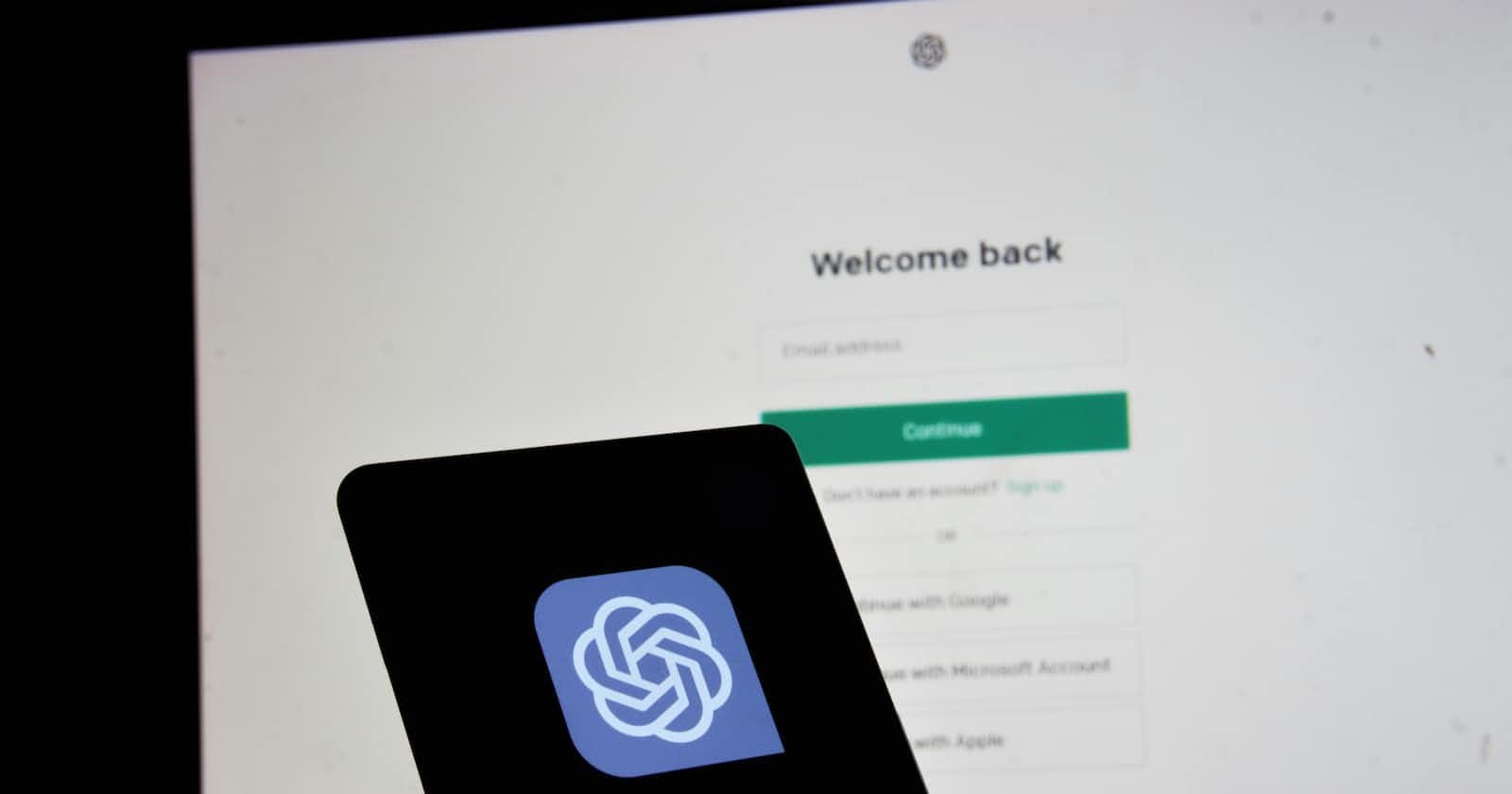
Photo by Mojahid Mottakin on Unsplash
Part 3: Generative AI - The Era of Creative Machines
Generative AI Unleashed: From ChatGPT to BARD, a Revolution with Ethical Implications - Part 3 of Our AI Series
Introduction
In this part of our series, we'll delve into the fascinating world of Generative AI and explore the leading players in this field, including OpenAI, Google, Microsoft and other companies. We start with the Large Language Model (LLM) on which Generative AI is based.
Lange Language Model (LLM)
Generative AI applications are based on large language models (LLMs), which are a specialized type of machine learning models. LLMs can be used to perform natural language processing (NLP) tasks, including but not limited to:
Summarize text
Determine the sentiment of a given text
Compare multiple text sources for semantic similarity
Generate new coherent text
Examples of LLMs include GPT-3 and GPT-4 from OpenAI (GPT stands for Generative Pretrained Transformer), LLaMA from Meta, and PaLM2 from Google.
OpenAI's ChatGPT is based on GPT-3 and GPT-4, while Google BARD is based on PaLM2.
The LLM models take in a text input (called a prompt, and hence prompt engineering has become a job title these days :)) and generate a syntactically coherent text output. In essence, the model can generate a blog post, essay, poetry, or a write up on a topic on which it was trained with massive data.
Generative AI: Unleashing Creative Potential
Generative AI represents a paradigm shift in artificial intelligence. It empowers machines to create human-like content, across text, images, music, and more. These AI systems can craft original works based on the vast datasets they've been trained on, reshaping content creation, automation, and artistic expression.
Generative AI models, such as ChatGPT, have showcased remarkable capabilities, from generating natural language text for conversations to answering queries, content summarization, and even generating poetry, stories, and code. These models understand context, follow instructions, and produce coherent and contextually relevant content, making them versatile tools across industries and domains.
OpenAI
OpenAI stands as a leader in advancing the frontiers of AI. Their mission is to ensure that artificial general intelligence (AGI) benefits all of humanity. OpenAI has been at the forefront of developing transformative AI models, including ChatGPT (based on GPT model), DALL·E, and more. These models have demonstrated exceptional language understanding, generation capabilities, and a propensity for creative content generation.
For instance, DALL·E, another creation from OpenAI, specializes in generating images from textual descriptions, pushing the boundaries of visual content creation. ChatGPT, with its natural language understanding, is a significant leap in AI-driven conversations and assists in tasks like drafting emails, answering questions, and aiding in content creation.
Google BARD
Google's BARD, short for "Bard: A Language Model for Fiction Writing," is a prominent player in the world of Generative AI. Tailored for creative writing, BARD assists authors and content creators in generating captivating fictional narratives. It is particularly valuable in ideation, character development, and narrative crafting, sparking creativity in the storytelling domain. BARD is based on PaLM 2 LLM model.
It is yet to mature compared to ChatGPT, however, it's a good start for Google to be in the AGI space.
Microsoft Bing Integration
Microsoft, through its integration with Bing, has harnessed OpenAI's GPT-4 model to enhance its search functionality, provide contextually relevant results and give a ride to other search engine providers, especially Google. Bing Chat has Creative, Balanced and Precise modes to generate text output.
Generative AI: Beyond Boundaries
Generative AI is not exclusive to specific organizations but has permeated the tech landscape. Companies worldwide are embracing Generative AI to power a wide array of products. These include chatbots for customer service, content generators for marketing and advertising, and creative applications in art, design, and entertainment.
Furthermore, many businesses employ AI to create personalized content for users, from product recommendations to news articles. These advancements streamline content generation processes, save time, and extend the creative landscape across numerous industries.
Ethical Considerations and Challenges
As Generative AI becomes deeply integrated into our daily lives, it raises ethical considerations and challenges. These include concerns about misinformation, bias, and the impact on employment. Ensuring responsible use of AI and addressing these challenges is a critical focus as we embrace these transformative technologies.
The Future of Generative AI
As Generative AI continues to evolve, we can anticipate its expanded use in diverse applications, from advertising and entertainment to education and more. The collaborative efforts of organizations like OpenAI, Google, Microsoft, and others are defining the future of AI, hoping that their novel solutions will enrich our daily lives and experiences.
Conclusion
Generative AI is reshaping content creation and interactions with devices. Innovations from leading entities like OpenAI, Google, Microsoft, and various other companies have propelled this technology to new heights. We have also explored the ethical considerations and challenges surrounding the integration of Generative AI into our daily lives. This concludes the three part AI series. I hope you enjoyed it and learned new things.

